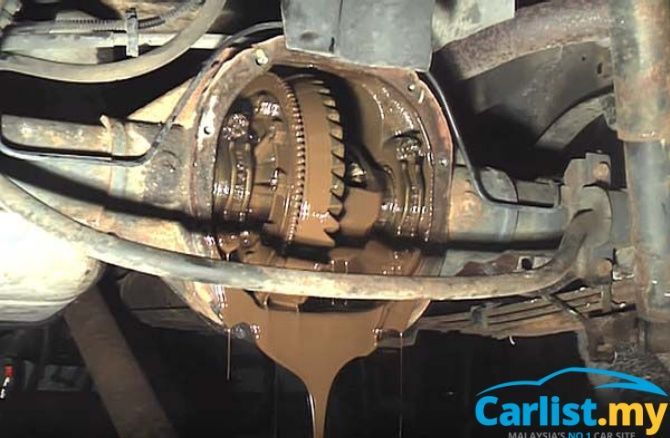So, you drove through flood? Here's what you need to know..
Car Owners' GuidesLemme talk to ya.
You know how life sometimes throws us a curveball - like having to drive through floods in our beloved and expensive cars - that's still on loan? I'm sorry to any of you who's car couldn't be saved after being stuck in floods. That's a depressing situation to be in. Thousands of folks have had to deal with that recently, and it's no joke.
Even if your car seems fine after making it through the ordeal, there are a few things you should check and maybe replace. Let's break it down, shall we?
How deep did your car went
First off, how do you know if you've gone into some pretty deep waters in the flood? Well, every car has its own limit when it comes to water, depending on its type. For example, pickup trucks are the tough guys with the highest water wading depths, usually between 0.6 to 1.0 meters from the road level. SUVs and sedans, on the other hand, aren't as tough- their wading depths are way lower.
So, if you've driven through water that was, say, half the height of your tires, you might have already pushed your car's limits. To be on the safe side, it's best not to drive in water that’s any higher than the lower edge of your car's bumper.
So, if you've just splashed through a big puddle or a flood, here's what you should do next:
Check underneath the car
After you've unwillingly conquered nature's water world, it's a smart move to get your car up on a lift and take a look underneath. Look for any signs of dirt,debris or damages. Sometimes, things like mud or debris can get stuck up the car's insides, like chassis and suspension parts. And sometimes, those protective panels under your car might have gone for a swim too.
While you're inspecting various parts of your car after it's been through a flood or a wet environment, you should also pay attention to three specific components:
Fuel lines: These are the pipes that carry fuel from your car's fuel tank to the engine. Checking them to ensure they haven't been damaged or clogged by debris or water, which could affect your car's fuel delivery.
Differential: Differential is a crucial part in your car's drivetrain. It's responsible for distributing power from the engine to the wheels, allowing them to turn at different speeds. After driving through water, you have to inspect it to make sure it's still functioning correctly and hasn't suffered any damages.
Exhaust system: This includes various parts like the muffler and pipes that direct the exhaust gases out of the vehicle. Inspect the exhaust system for any water or debris that might have entered through the pipes.
Tires and brakes
While driving through the floods, those tires might have some unwanted things like nails or any sharp and penetrable things sticking to them. These stuff can damage your tires, so take a good look at them.
Don't forget your brakes and brake lining. They can also collect debris and take a hit during the flood. You might want to refresh your brake system by replacing the brake fluid to keep it clean ready for action.
The oil and transmission
Now, when it comes to your engine, it's a probably a good idea to replace the engine oil. Floodwater is not just water. Theres sand and mud, and these can sneak into your engine through the oil sump gasket or other seals. Major problem!
 And don't leave your transmission out of the equation. It's sits at the lowest point of your vehicle, so it's highly vulnerable to moisture and debris during a flood. Older cars, especially, might have some spots where water can sneak in. A transmission oil change can save you from some massive headaches in the future.
And don't leave your transmission out of the equation. It's sits at the lowest point of your vehicle, so it's highly vulnerable to moisture and debris during a flood. Older cars, especially, might have some spots where water can sneak in. A transmission oil change can save you from some massive headaches in the future.
The air intake system
Even if it has been few days after going through water, you might want to keep your engine dry. So, it's smart to check and clean your air intake system. This means, remove and dry out the air cleaner box. Also, replace the air filter, which might have gotten wet from the flood.
The tech check-up
Last but not least, it's a wise move to get an On-Board Diagnostics (OBD) scan. This scan checks your car's computers and electronic systems. Sometimes, after going through a wet episode like flood, sensors and electronic parts can get messed up. An OBD scan makes sure everything works as it should and can identify issues for you to reslove immediately rather than delaying it.
So, there you have it - a guide to what to do if you've been through a flood with your car. It's gonna cost a lot of money for sure but remember, it's better to be safe than sorry.
Here's hoping for dry roads ahead!
Peace out.